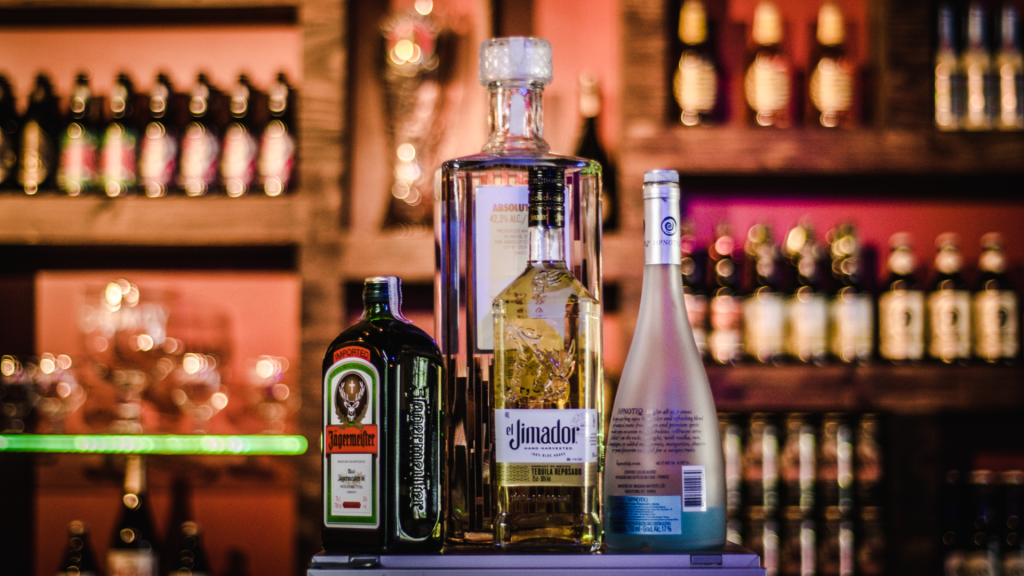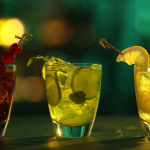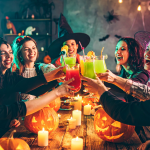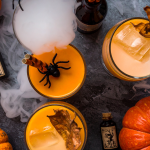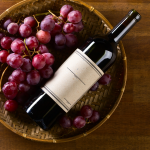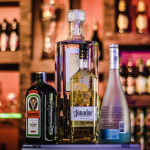Indiana’s relationship with alcohol is as rich and varied as its history. From early temperance movements to modern-day regulations, the Hoosier State’s liquor laws have evolved in unique ways. Join Payless Liquors as we delve into some fascinating Indiana trivia that showcases the state’s distinctive approach to alcohol.
1. The 1855 Prohibition Law: Ahead of Its Time
Long before the nationwide Prohibition era, Indiana took a bold step by enacting its own statewide prohibition in 1855. Modeled after Maine’s “Maine Law,” Indiana’s legislation banned the manufacture and sale of spirits, including beer, wine, cider, and all other fermented beverages. The law permitted alcohol sales only for medicinal, chemical, mechanical, and religious purposes and allowed the sale of “cider, wines, etc. in quantities of more than three gallons.” Indiana Historical Society
However, this progressive move was short-lived. In 1858, just three years after its enactment, the Indiana Supreme Court declared the law unconstitutional. Despite this setback, the state’s commitment to temperance continued, leading to stricter licensing requirements and penalties for alcohol-related offenses.
2. The “Drunk-o-Meter”: A Pioneering Innovation
In 1939, Indiana became the first state to enact a drunk driving law based on blood-alcohol levels. This groundbreaking legislation laid the foundation for modern DUI laws across the nation. Over the years, Indiana has continued to lead in promoting road safety, including implementing ignition interlock devices for repeat offenders and establishing a “zero tolerance” policy for drivers under 21. Indiana Legal Archive
3. The Legacy of Prohibition: Archaic Liquor Laws
Even after the repeal of Prohibition in 1933, Indiana retained some unique and restrictive liquor laws. For decades, the state had “blue laws” that prohibited alcohol sales on Sundays, a tradition rooted in religious observance. It wasn’t until 2018 that Indiana lifted the Sunday alcohol sales ban, allowing carryout sales from noon to 8 p.m. Wikipedia
Additionally, Indiana is one of the few states that still prohibits the sale of cold beer in grocery and convenience stores. Only liquor stores are permitted to sell cold beer, a regulation that has puzzled many residents and visitors alike. The Saturday Evening Post
4. The Antelope Club: A Historic Venue
The Antelope Club in Indianapolis is a testament to the state’s rich social history. Founded in the 19th century, the club has been a gathering place for various social and political events. In 2017, the club made headlines when it was fined for illegally serving Yuengling beer, which had not yet been legalized for sale in Indiana. This incident highlighted the state’s evolving liquor laws and the challenges faced by establishments in navigating them. Wikipedia
5. Wonderland Amusement Park: A Cautionary Tale
In the early 20th century, Wonderland Amusement Park in Indianapolis sought to expand its offerings by adding a German beer garden. This proposal faced strong opposition from local temperance groups and residents, leading to the withdrawal of the liquor license application. Instead, the park introduced a German Village attraction. Despite these efforts, the park struggled with declining attendance and eventually ceased operations, serving as a reminder of the powerful influence of temperance movements on local businesses. Wikipedia
Fun Indiana Liquor Trivia
-
First Tavern License: In 1805, Indiana issued its first tavern license, charging a fee of $12. IndyStar
-
Sunday Alcohol Sales: Before 2018, it was illegal to purchase carryout alcohol on Sundays. Now, sales are permitted from noon to 8 p.m. Wikipedia
-
Cold Beer Sales: Only liquor stores can sell cold beer; grocery and convenience stores are restricted to room-temperature beer. The Saturday Evening Post
-
Election Day Sales: Alcohol sales were banned on Election Day until 2010 when the law was amended to allow purchases. Wikipedia
Conclusion
Indiana’s liquor laws and traditions offer a fascinating glimpse into the state’s cultural evolution. From early prohibition efforts to modern-day regulations, these laws reflect the changing attitudes and values of Hoosiers over time. Whether you’re a local resident or a visitor, understanding this history adds depth to the experience of enjoying Indiana’s vibrant beverage scene.

